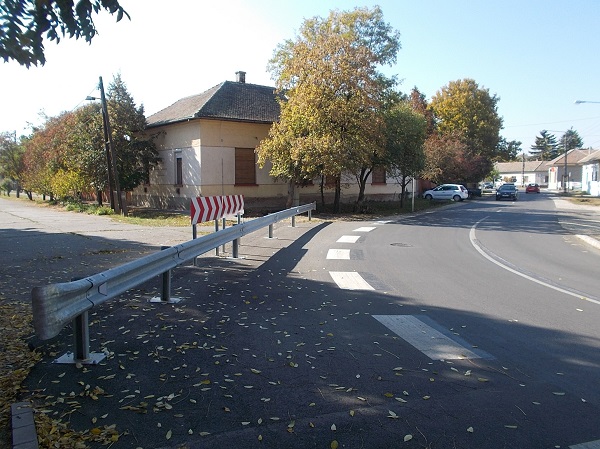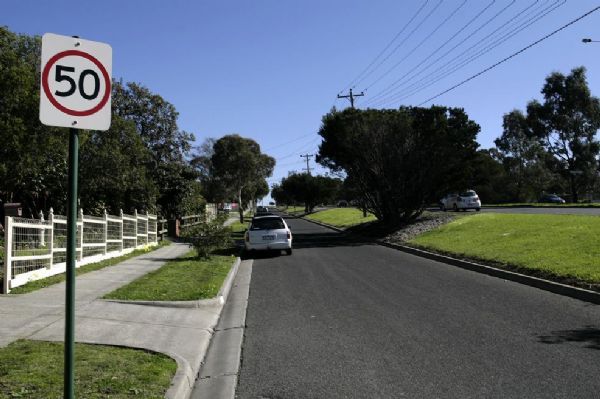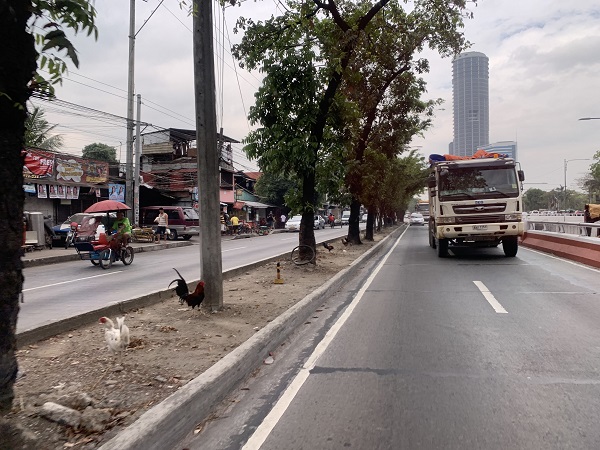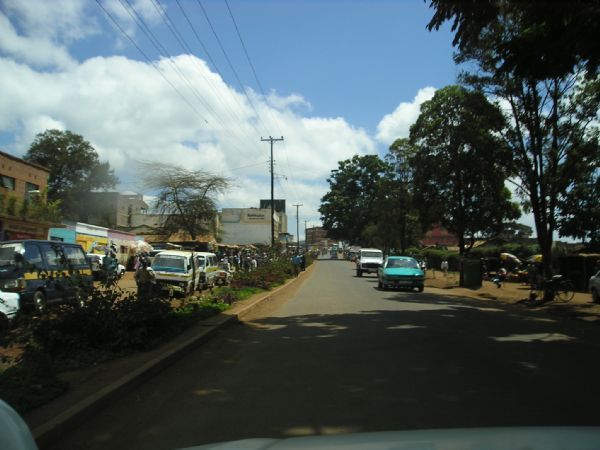





Restrict/Combine Direct Access Points
Whilst access is an important part of the road function, there may be some roads where direct access density has become a road safety problem. For these locations, it may be necessary to replace these access points with a single point of access onto a major road.
This will have the effect of decreasing the number of events a driver must respond to while driving along a particular road. It also provides opportunities for controlling the vehicle movements with turning lanes, traffic islands or traffic signals.
The options include:
- construct a service road
- construct an access lane combining driveways for several properties
- connect a number of smaller car parks and provide a joint access
- close minor intersections with local streets which have alternative access to the local neighbourhood road network.
Generally, if the road authority requires that access points (or intersections) be combined for road safety, then the authority bears the cost of doing so. However, sometimes access points are combined as part of land developments (such as building a new commercial centre). In these cases, the land developer is sometimes required to bear the cost.
- Reduces the number of potential conflict points.
- Reduces traffic friction and improves flow on the main road.
- Potential to reduce pedestrian risks.
- Improved traffic management at upgraded access points.
- In most situations, it would be difficult to justify and fund construction of a service road on its own merits due to high cost. This type of project is generally undertaken as part of a major road duplication project.
- Minor intersection closures can often be achieved in cooperation with the local road authority, especially when safety at these intersections has been a subject of repeated complaint.
The Star Rating Demonstrator is a freely available tool with the iRAP online software, ViDA. With the Star Rating Demonstrator, it is possible to explore the impact that this Safer Roads Treatment has on risk.
Treatment Summary
Costs | Medium to high |
Treatment life | 10 years - 20 years |
Potential casualty reduction | 25-40% |
Case Studies
Related Images
 Restricting access example. Image credit: Unknown
Restricting access example. Image credit: Unknown Service road. Image credit: ARRB
Service road. Image credit: ARRB Service road for slow-moving and local traffic in Philippines. Image credit: Alina Burlacu
Service road for slow-moving and local traffic in Philippines. Image credit: Alina Burlacu Use of service road for roadside activity in Kenya. Image credit: unknown
Use of service road for roadside activity in Kenya. Image credit: unknown










